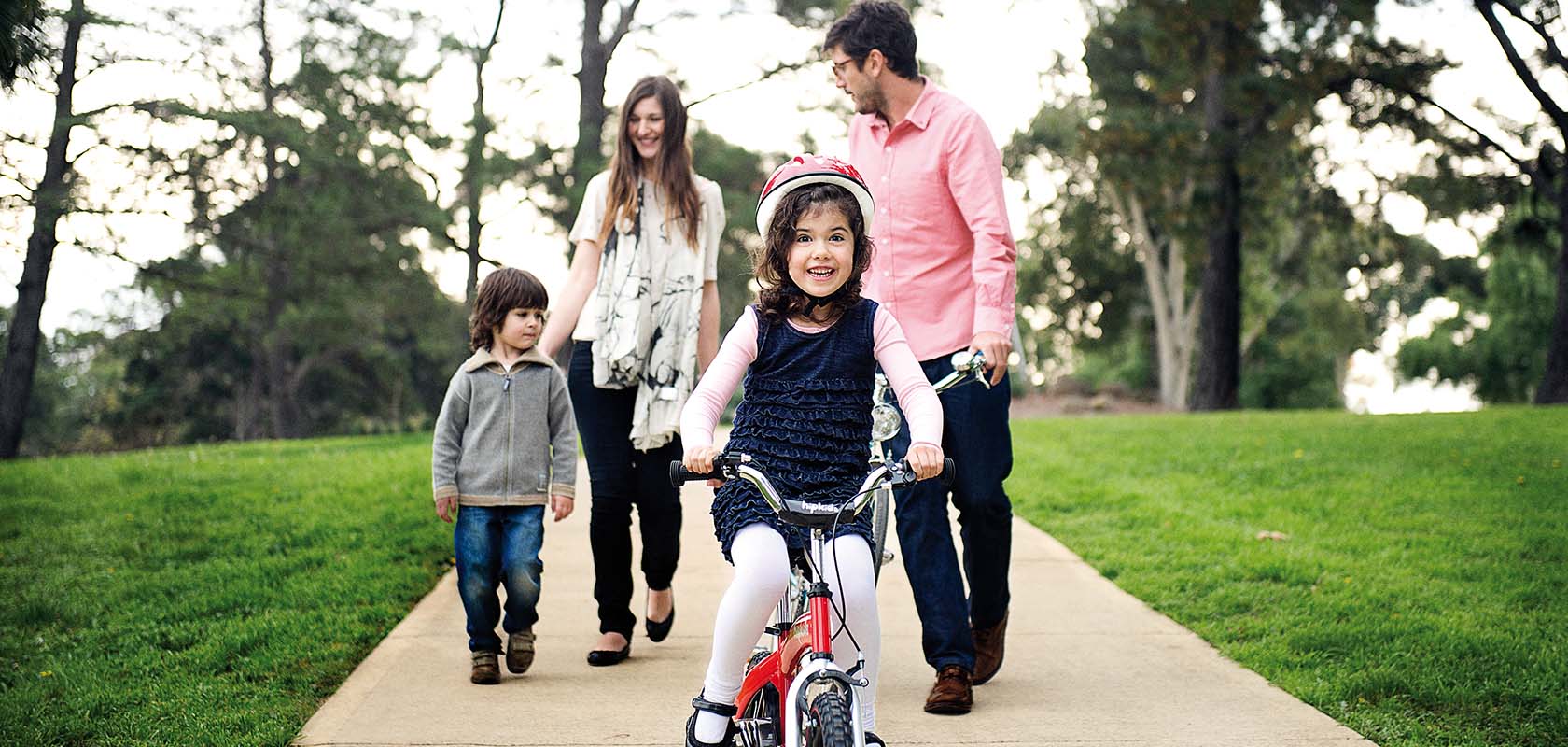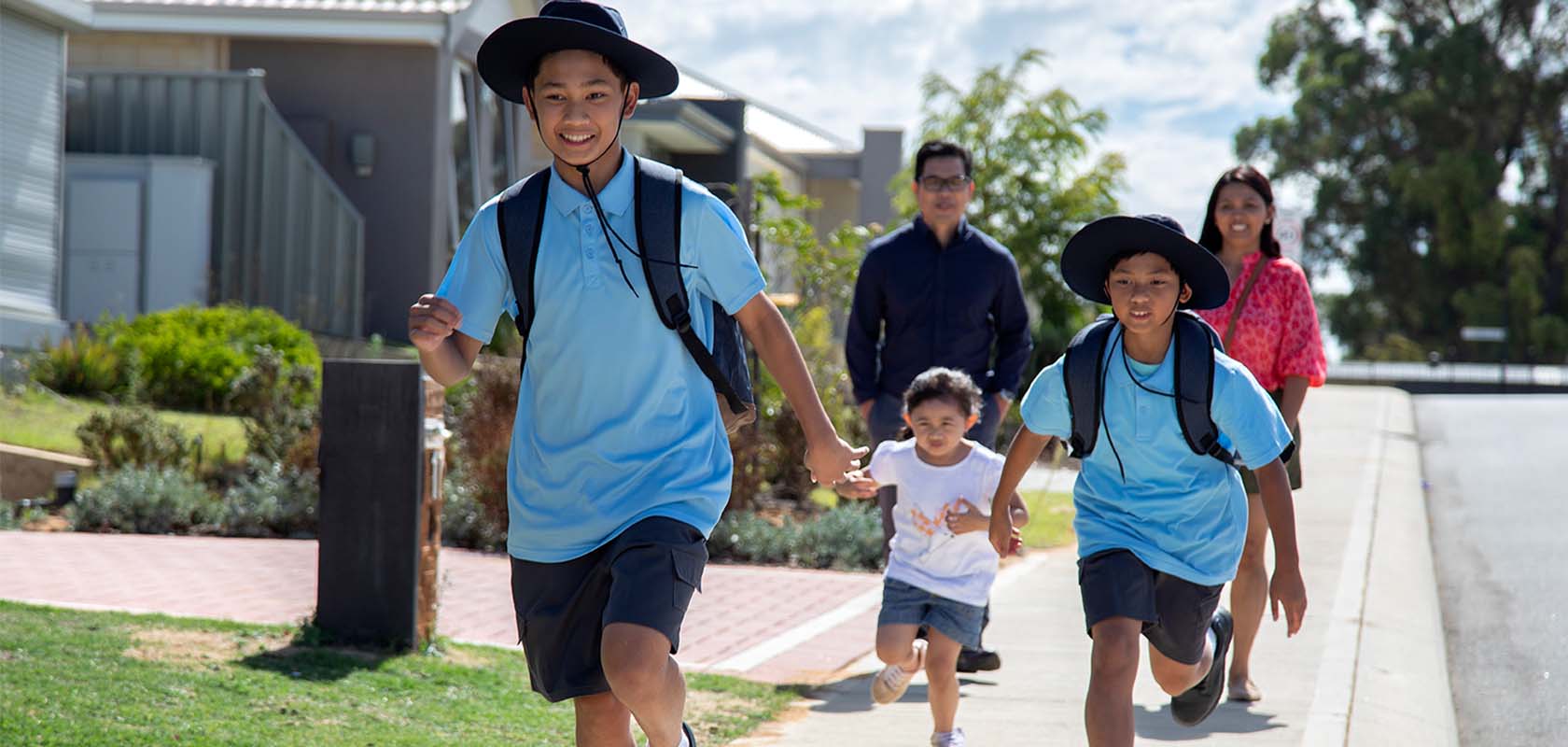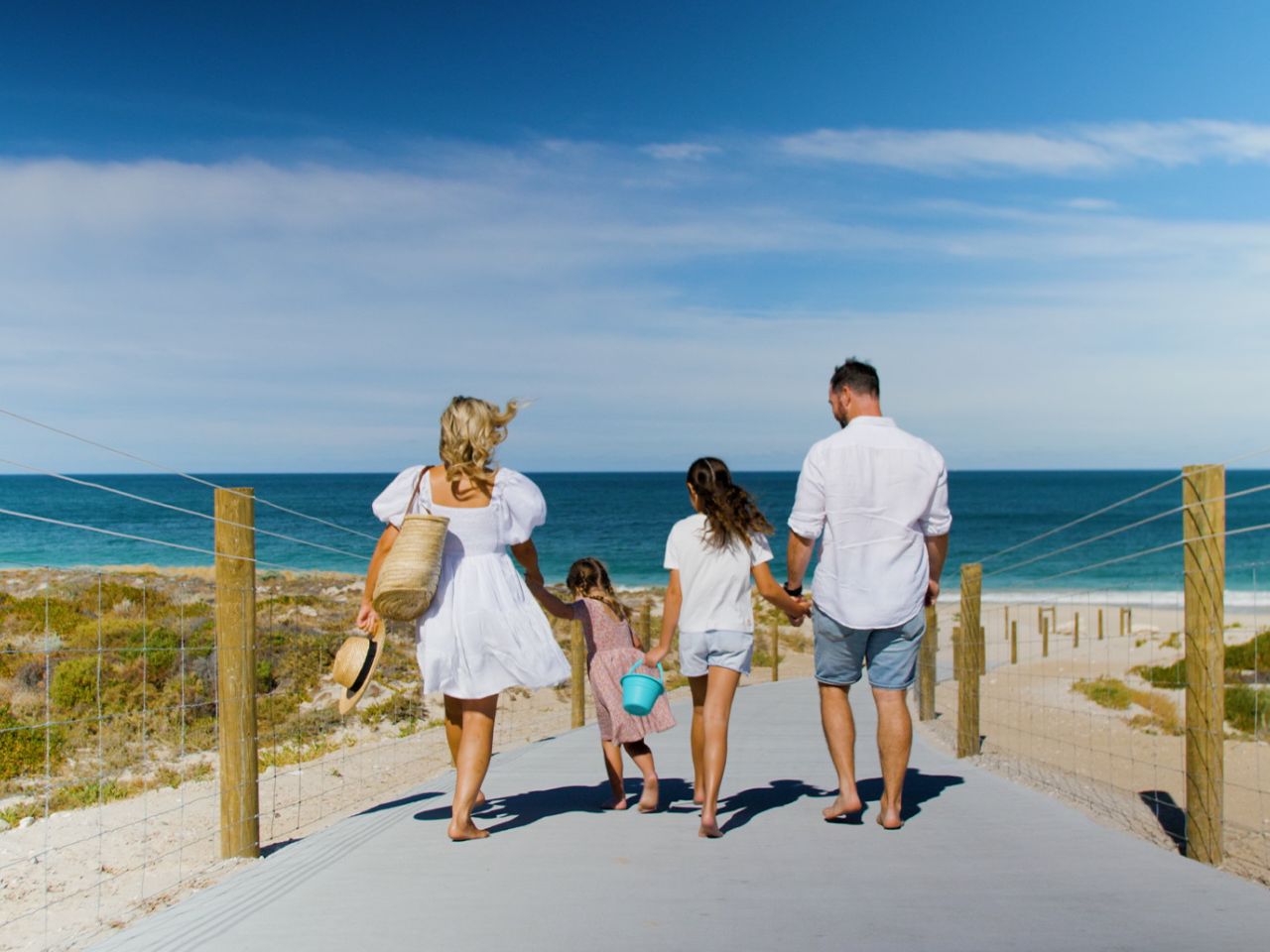
Getting Started
Figuring out what features are a necessity for your lifestyle, getting a good idea of your financial situation, and ensuring that the home building path is right for you are all things you’ll have to consider before you can really get the ball rolling. Let’s get you started!

Benefits of Building a Home
Whether it’s your first time setting foot into the property market or you’re just looking for a change – perhaps more space for a growing family – when it comes to finding a new home one of the first decisions you’ll have to make is whether you want to buy an established property or build something brand new.
While securing a plot of land and building from scratch may seem complicated, it’s an option that comes with some attractive upsides that you just can’t get with established properties. When you partner with a reputable builder, especially, you’ll quickly realise that the road to building a home is a straightforward process. Let us walk you through some of its benefits.
Affordability
One of the biggest considerations you’ll have to make along your property journey is how much you can afford to spend on your new home. This is where building from scratch can prove to be a real help for buyers looking for a welcome financial boost.
Unlike buying an established property, one of the major benefits of building a home is that it can be more affordable. There are few reasons for this, such as:
You only need to pay stamp duty on the land component of your home, which could save you tens of thousands of dollars compared to buying an established home.
There’s a range of state and territory-based financial grants and concessions that are specifically aimed at first and subsequent home buyers who plan to build a new residential property. We go into more detail about this in Government Grants & Concessions.
Generally, you will only have to make a down payment of 5-10% when you purchase a plot of land, as opposed to the standard 20% that is often required for existing properties. And with the balance only due at the time of settlement, this means you’ll have more time to save.
Trying to find an established home that’s to your liking isn’t always easy. Often it can take several viewings to narrow down your search, and even then there’s a good chance that you’ll want to renovate something – which will add to the overall cost.
This is why building your own place can be so appealing – it puts you in total control of designing and styling your home exactly the way you want it. From the layout to the room sizes, to the flooring options – you’re the one in control.
Sure, renovations done right can add a little value if you ever decide to resell your property in the future. But how about the cost and time savings of having a well-built and beautifully-designed home from the get-go?
Many Satterley communities feature display villages where you can tour a wide range of display homes to help you find the right builder and a design to perfectly suit your needs.
When you move into your new home the last thing you want to be faced with is a long list of maintenance and repair jobs that need to be carried out. However, this is often the case when you purchase an established property that has been around for some time.
On the other hand, when you build a new home you’ll have peace of mind knowing that everything is brand new and under warranty, meaning you won’t have to worry about footing the bill for major fixes anytime soon.
It might come as no surprise that existing properties are still the status quo for Aussie buyers. However, this is actually a blessing in disguise for those looking to build as it means there are fewer people vying for vacant land. So you can skip the stress of high intensity housing auctions and take your time choosing the plot that’s right for you.
Building a new home is one big way you can lead a more eco-friendly lifestyle. With free rein over the design process, you can take advantage of the best in sustainable materials, technologies and passive design techniques. From energy efficient lighting to eco-friendly building materials, you can do your part for the planet while enjoying some nice energy savings in the long run. New home builds also have a minimum energy star rating, meaning that by complying with these standards you will be saving cash on your energy bills for years to come!
Balancing Your Lifestyle Wants and Needs
Building a new home is easily one of the most significant and exciting things that you can do in life. But there are still some decisions to make.
It can be helpful to think about what’s important to you and make a list of aspects that your home cannot do without, and things that would be a nice bonus. Call these your lifestyle wants and needs.

Essential Home Features
Think of these as the things that your home simply must have, to the extent that it would be a problem to live without them. These are the features that should take priority when contemplating how to allocate your funds. Common examples might include:
- Distance from work
- Number of bedrooms and bathrooms
- Access to public transport
- Proximity to schools
- Proximity to shops

Desirables
Think of these as the things that would be nice to have but you could ultimately live without and it wouldn’t affect your lifestyle too much. Most importantly, these wants should come second to your needs when it comes to managing your budget. Common examples might include:
- Swimming Pool
- Car Space/Garage
- Proximity to beaches/parks/cafes
- Ensuite
- Walk-In
- Built-In Furniture
Crafting a list of essentials and non-essentials might seem like a relatively small task. But it can go a long way in providing some much–needed clarity as to how you can best go about budgeting for your new build. In the end, it’s an integral part of the property journey, and an important consideration that can help ensure you move into a home you’re happy with.

Financial Health Check
Preparation is key! As eager as you might be to move into a new home and begin the next chapter of your life, it’s just as important to take stock of your financial situation so you’re clear about how much you have to work with. This is where a financial health check can really come in handy as it will help you to be clear about where and what you can afford as you start on your property journey.

To get a clear picture of your current financial position, you can start by listing your:
- Salary/Wages
- Investments (e.g. dividends)
- Other
- Credit cards
- Personal loans
- Student loans (e.g. HECS)
- Car loans
- Afterpay
- Other
- Food
- Utilities
- Insurances (e.g. health, car)
- Transport (e.g. fuel, tolls, public)
- Medical (e.g. doctor’s appointments, medications)
- Memberships
- Subscriptions
- Leisure (e.g. movies, ticketed events)
- Other
- Regular savings deposits
- Regular investment deposits
- Other deposits and commitments
Next, deduct your debt, basic living expenses and other financial commitments from your income, on a monthly basis. Whatever is left over will give you an approximation of the maximum you can contribute to mortgage repayments each month.
Generally, mortgage experts advise that your mortgage repayments should be no more than 28% of your gross monthly income. Conducting a financial health check is a good starting point. Not only does it show you how much you have to work with month-to-month, but it also allows you to see where you could stand to make changes so you have more to spend on your loan repayments. Which means more money to build a home you’ll be happy with.



